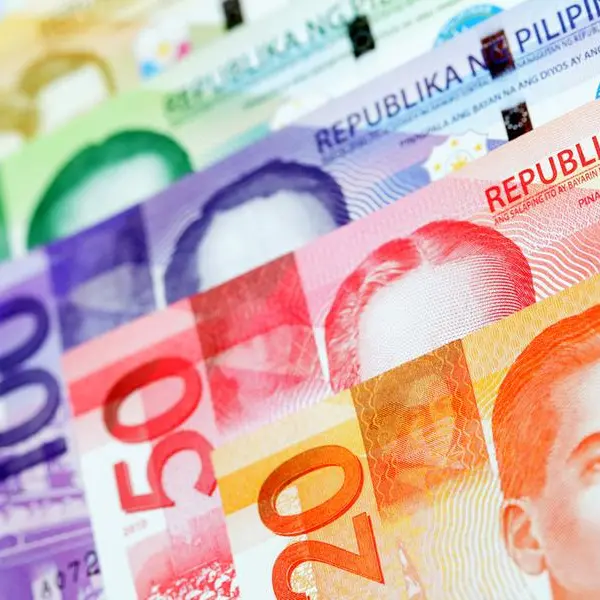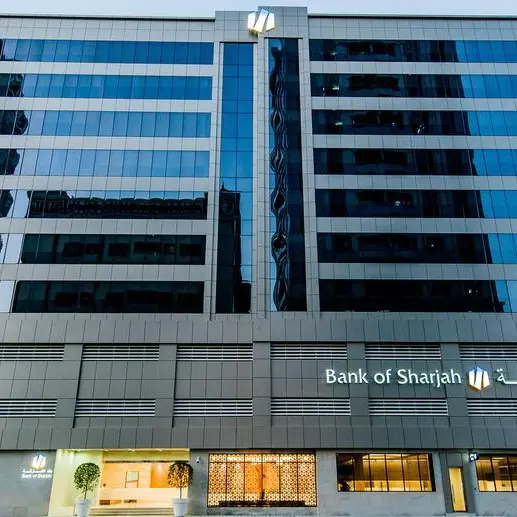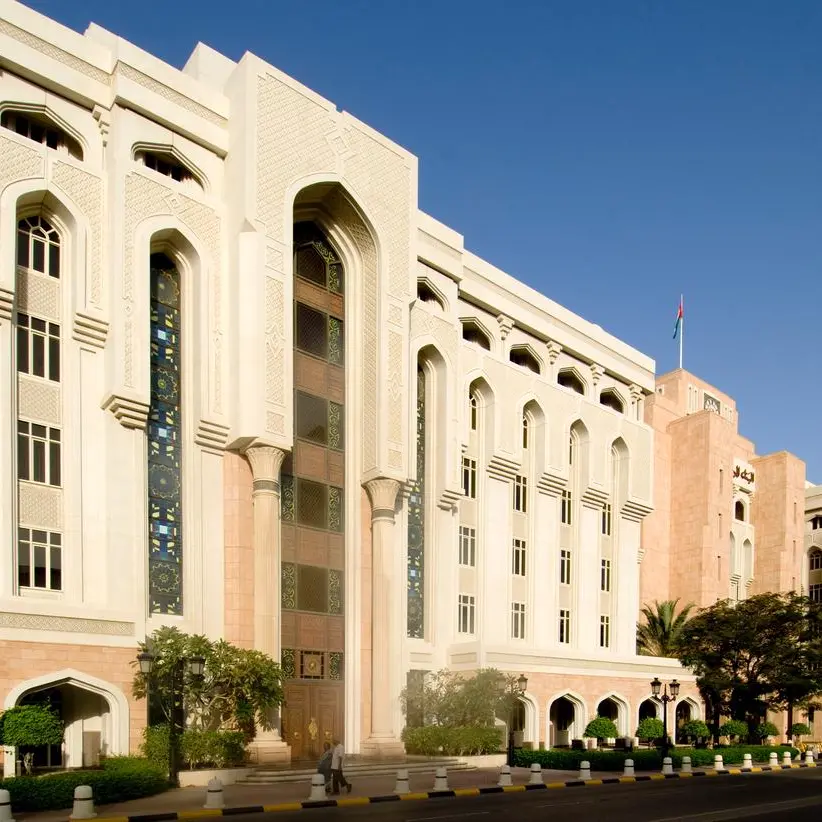PHOTO
The GCC banking sector is expected to see only a limited indirect impact from the ongoing banking sector crisis in the US and Europe, says Kamco Invest, a premier investment company based in Kuwait.
Shares of banks globally and in the region, especially, were affected due to fears of a contagion as the collapse of Silicon Valley Bank (SVB) was the biggest lender failure since the global financial crisis of 2008.
However, the collapse had only marginal impact with minimal exposure of banks only in the UAE, while most of the other countries in the GCC remained unaffected. The bulk of the exposure was from various startups and VCs that had accounts with SVB that may now bank with local banks, although under increased scrutiny.
Overall balance sheet
Moreover, the overall balance sheet of banks in the region remains generally strong with adequate funding and comfortably above the regulatory required ratios. The funding source for banks in the region are mainly customer deposits which continues to remain stable despite several fluctuations in the international financial markets. And the direct or indirect support from governments in the region to the sector provides comfort on the sector’s creditworthiness.
Meanwhile, profitability for the GCC banking sector breached the pre-pandemic levels and reached another record level during 2022.
Aggregate profits during 2022 increased by 27.1% to reach $44.8 billion. The y-o-y increase in 2022 was broad-based across the GCC with UAE-listed banks seeing the biggest absolute increase of $4.1 billion as well as the biggest percentage increase of 37.8% to reach $15.0 billion during the year. Saudi-listed banks were next with an increase of $3.7 billion or 28.3% to reach $16.7 billion, the highest in the GCC.
Profit growth
The growth in profits during the year was led by an increase in total bank revenue as well as a decline in loan loss provisions. Total bank revenue increased by a strong 16.4% to reach $104.8 billion during 2022, the highest on record mainly led by a increase in both net interest income as well as non-interest income. Revenue growth was broad-based across the GCC with all the country aggregates seeing double digit growth. Saudi-listed banks reported the biggest increase in revenues with a growth of 18.4% or $5.5 billion to reach $35.4 billion, the highest in the GCC.
UAE-listed banks posted a slightly smaller growth of 16.3% to reach aggregate yearly profits of $33.2 billion. Yearly net interest income increased by 18.7% during 2022 to reach $71.9 billion backed by double digit growth in almost all markets barring Bahraini banks that posted a slightly smaller growth of 9.3%. Non-interest income witnessed a slightly smaller growth of 11.7% to reach $32.9 billion, once again backed by healthy growth in all markets in the GCC.
Loan loss provisions reported by GCC banks witnessed a steep decline during 2022 to reach $11.9 billion vs. $14.0 billion in 2021. However, LLP remained elevated as compared to pre-pandemic levels with an average LLP of $8.8 billion for the 10 years preceding the pandemic (2010-2019). The decline in LLP during 2022 was seen across the GCC barring Qatar, Bahrain and Oman that reported increase ranging between 13.0% and 18% during 2022. Qatari banks reported the biggest provisions during the year at $3.9 billion followed by UAE and Saudi-listed banks with provisions of $3.5 billion and $2.6 billion, respectively.
Interest rates
Meanwhile, rising interest rates in the US and its almost full replication by most GCC central banks during 2022 resulted in higher aggregate net interest margin (NIM) for the GCC banking sector.
NIM for GCC banks averaged at a multi-year high of over 3% during Q4-2022 despite partially reflecting the higher interest rates as bulk of the rate hikes were made during the second half of the year. Saudi Arabian banks reported the highest average margin of 3.2% during the quarter followed by UAE and Qatari banks with margins also above the 3% mark after several quarters. Higher margins were also reflected in yield on credit (net interest income vs. aggregate gross loans) for the GCC banking sector that also reached multi-quarter high of 4% during Q4-2022 as compared to 3.7% during Q3-2022.
Bottom-line performance for the GCC banking sector remained flattish q-o-q with net income reported at $11.4 billion, in line with the previous quarter. This came despite higher net interest income and non-interest income during the quarter with total bank revenue reaching another record of $28.0 billion. However, higher operating expenses as well as elevated provisions booked during the quarter offset most of the earnings growth recorded during Q4-2022.
Aggregate lending
Aggregate lending in the GCC remained strong during the quarter. Central bank data showed Qatari banks seeing the strongest lending growth during Q4-2022 while Bahraini and UAE banks showed a slight decline. Data on listed banks also showed growth with aggregate GCC gross loans reaching a new record of $1.87 trillion, increasing by a strong 3.2% or $57.5 billion during the quarter. Outstanding net loan witnessed a slightly smaller growth of 2.8% during the quarter as a result of elevated provisions booked during Q4-2022.
The growth in customer deposits bounced back to a stronger growth during Q4-2022 after showing a six-quarter low growth during the previous quarter.
Aggregate q-o-q growth in customer deposits stood at 2.5% to reach $2.2 trillion at the end of Q4-2022. The q-o-q change in customer deposits was broad-based with only Bahraini banks recording a marginal decline during the quarter while most of the other country aggregates showed growth. The net impact of a stronger lending growth and a slightly smaller customer deposit growth was a marginal growth of 30 bps in the aggregate GCC loan-to-deposit ratio at the end of Q4-2022. Moreover, despite the growth, the ratio remained below the 80% level and at one of the lowest quarterly levels at 79.3%.-- TradeArabia News Service
Copyright 2022 Al Hilal Publishing and Marketing Group Provided by SyndiGate Media Inc. (Syndigate.info).












